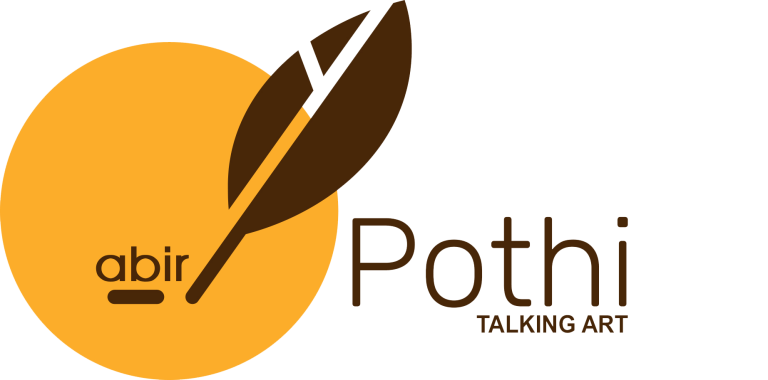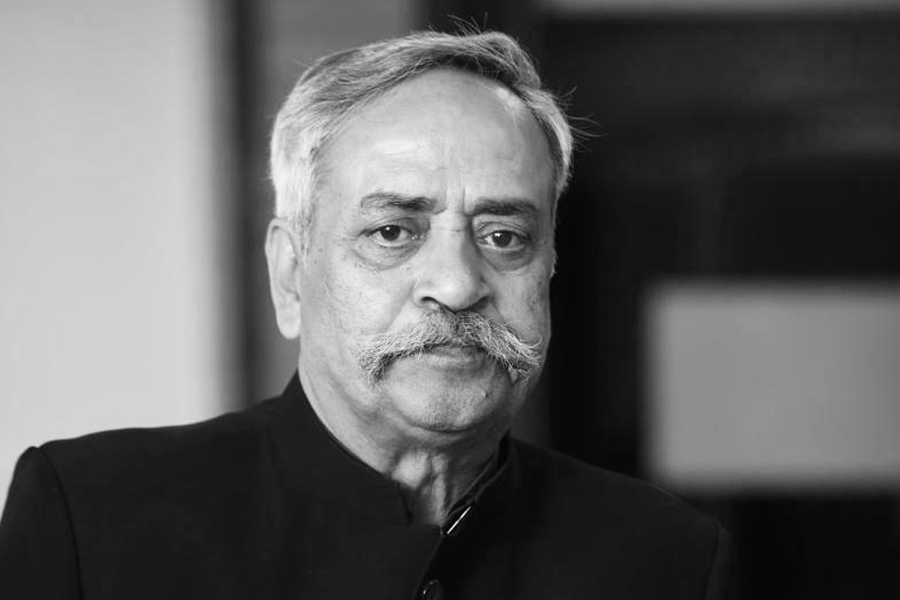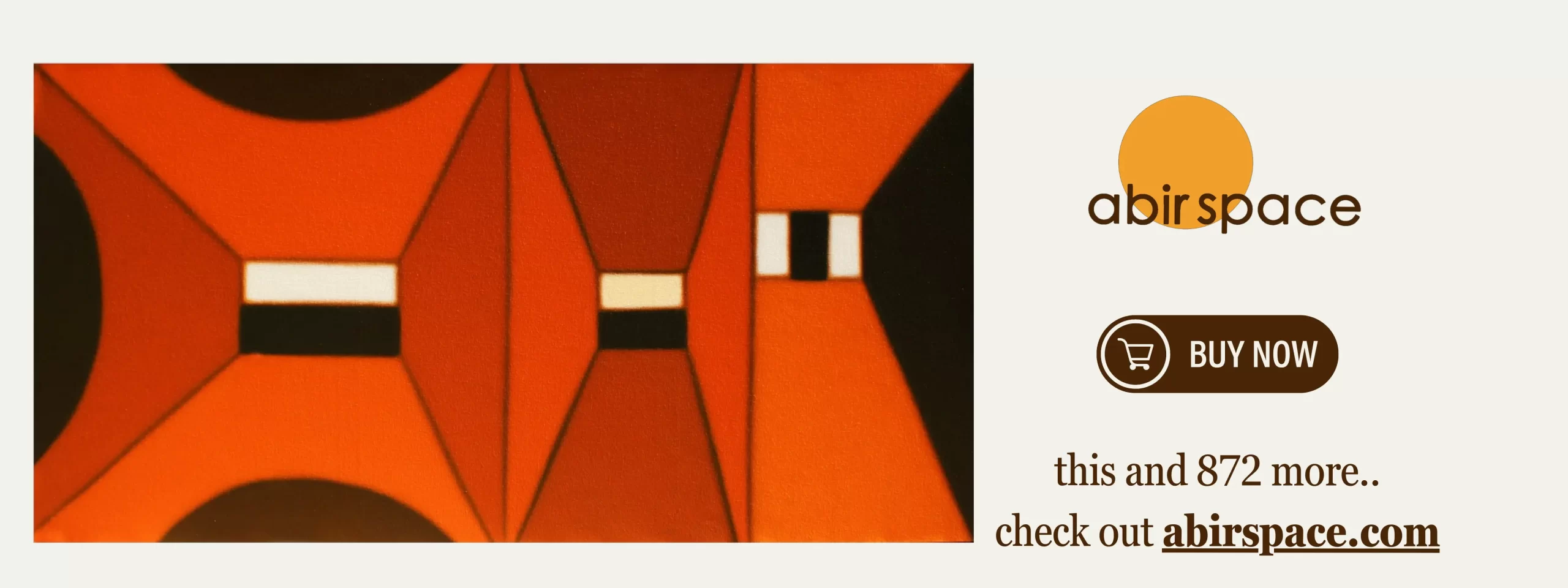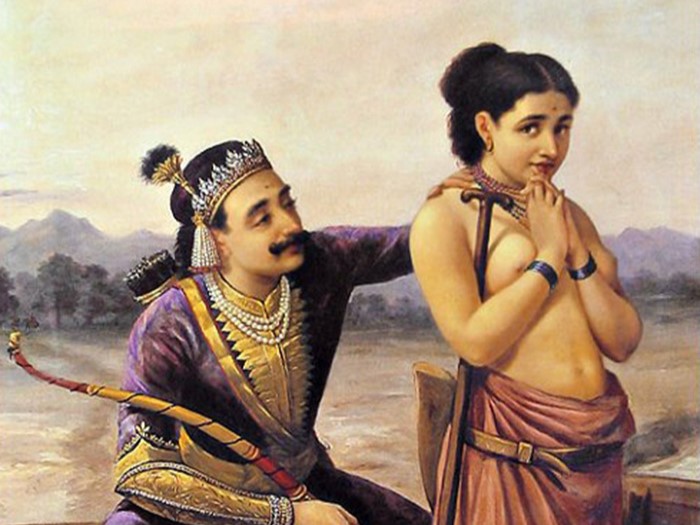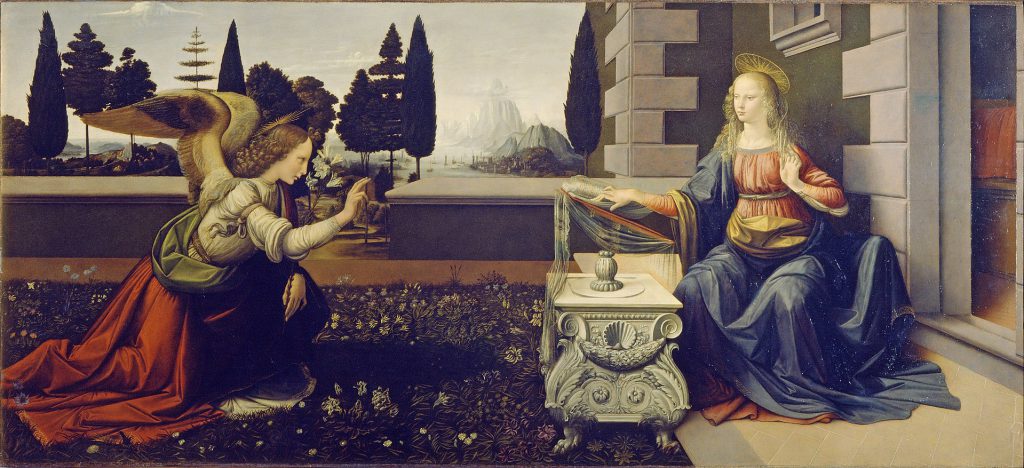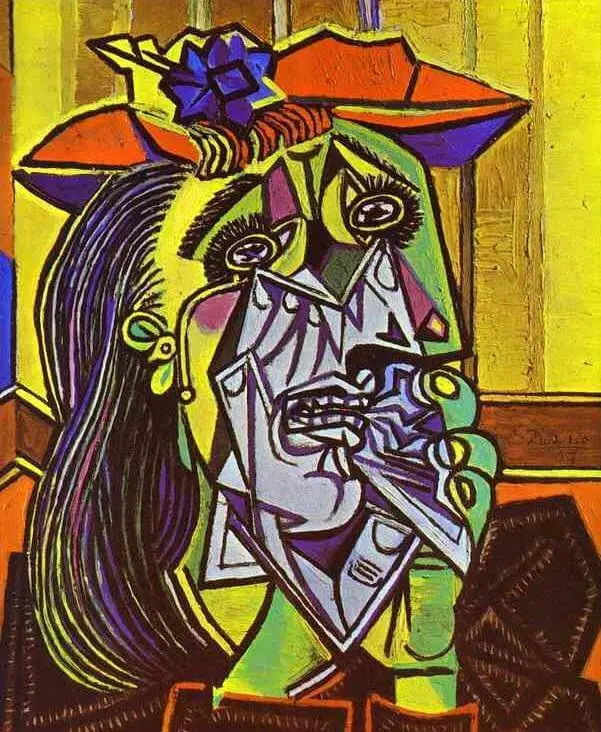Piyush Pandey, the creative visionary who redefined Indian advertising, passed away on 24th Oct. Over more than forty years with Ogilvy India, he became inseparable from the agency itself, building a legacy that gave Indian brands their own authentic voice.
His passing closes a remarkable chapter in advertising history—one where campaigns weren’t crafted in boardrooms detached from reality, but drew from the lived experiences of ordinary Indians. With his infectious laughter, iconic moustache, and genius for finding stories in the everyday, Pandey revolutionized how brands spoke to the country. He wove Hindi phrases, small-town wit, and genuine human warmth into advertising that had long imitated Western formulas.
Here are five campaigns that define his extraordinary contribution—work that transcended mere marketing to become woven into India’s cultural fabric.
Cadbury Dairy Milk – “Kuch Khaas Hai”
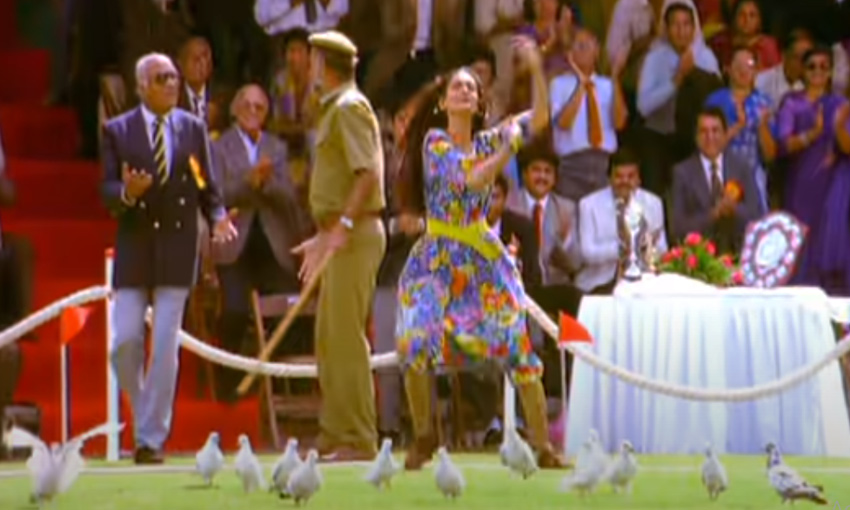
While Indian chocolate ads still borrowed their polish from the West, Pandey infused them with distinctly Indian emotion. The girl dancing spontaneously on a cricket field wasn’t just marking a victory—she embodied spontaneous joy and unfiltered celebration. This genuine warmth made “Kuch Khaas Hai” part of everyday conversation and repositioned Cadbury from an occasional indulgence to an integral part of Indian celebrations.
Fevicol – “Fevicol ka Mazboot Jod”
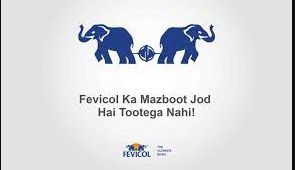
Under Pandey’s vision, Fevicol transcended its product category to symbolize strength and unity. His playful, village-rooted scenarios—overcrowded buses miraculously staying intact, unbreakable wedding benches—demonstrated how powerful storytelling could elevate even the most ordinary product. The line “Fevicol ka jod hai, tootega nahi” became part of common speech, showing that culturally grounded humor resonates far deeper than imported concepts.
Asian Paints – “Har Ghar Kuch Kehta Hai”

Pandey elevated paint advertising into an art form. Rather than discussing finishes and shades, he explored what homes reveal about their inhabitants. “Har Ghar Kuch Kehta Hai” captured Indians’ deep emotional connection to their living spaces, creating a brand identity that felt timeless and meaningful. It pioneered the approach of treating advertising as narrative rather than sales pitch.
Hutch (Vodafone) – “You and I” with Cheeka the Pug

While telecom competitors competed on rates and network maps, Pandey gave Hutch emotional resonance. A pug’s unwavering companionship communicated dependability more powerfully than any technical specification. The gentle melody “You and I, in this beautiful world” humanized the brand and made it unforgettable. Hutch entered every household’s consciousness, while pugs became India’s beloved companion animal.
“Do Boond Zindagi Ke” Polio Awareness Campaign

This initiative sought to address vaccine hesitancy and motivate parents, particularly in rural areas, to immunize their children. Pandey and Ogilvy India crafted communication that could penetrate India’s remotest villages. His approach combined accessible language, celebrity credibility, and messaging that moved beyond facts to create genuine motivation for action.
Piyush Pandey didn’t just create advertising, he created a mirror in which India saw itself with pride, humor, and honesty. He proved that the most powerful stories aren’t borrowed or translated, but born from the soil beneath your feet. In an industry often chasing global trends, he had the courage to stay rooted, to trust the everyday, and to believe that a mother’s love, a cricket fan’s joy, or a village’s laughter could move markets and hearts alike. His work didn’t shout; it whispered truths that everyone recognized. And in doing so, he didn’t just build brands—he built a bridge between commerce and culture that will stand long after him. Indian advertising has lost its greatest storyteller, but his voice—warm, wise, and unmistakably Indian—will echo in every campaign that dares to speak from the heart.
Featuring Image Courtesy: The Telegraph
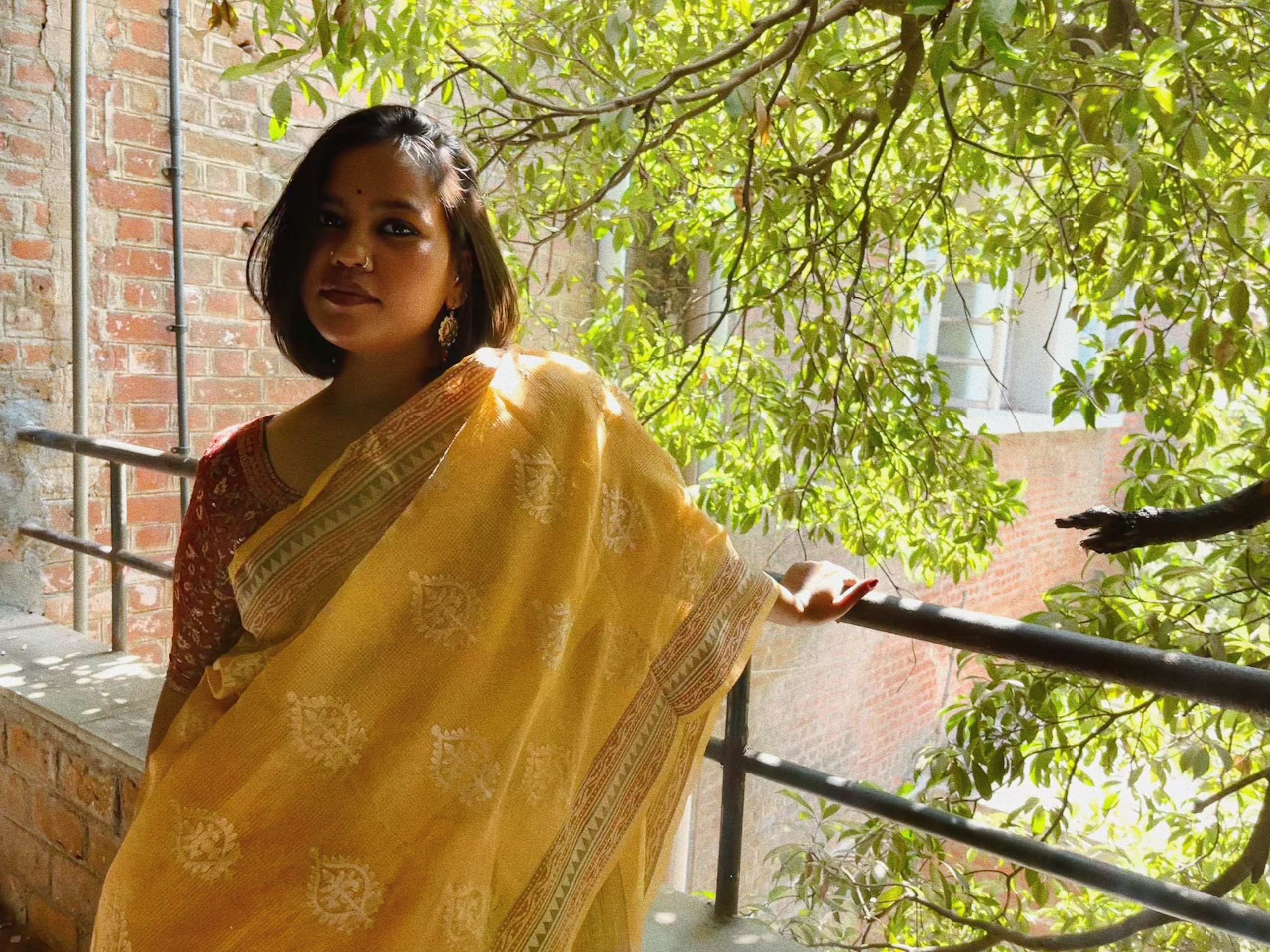
Minerva is a visual artist and currently serves as a sub editor at Abir Pothi.
